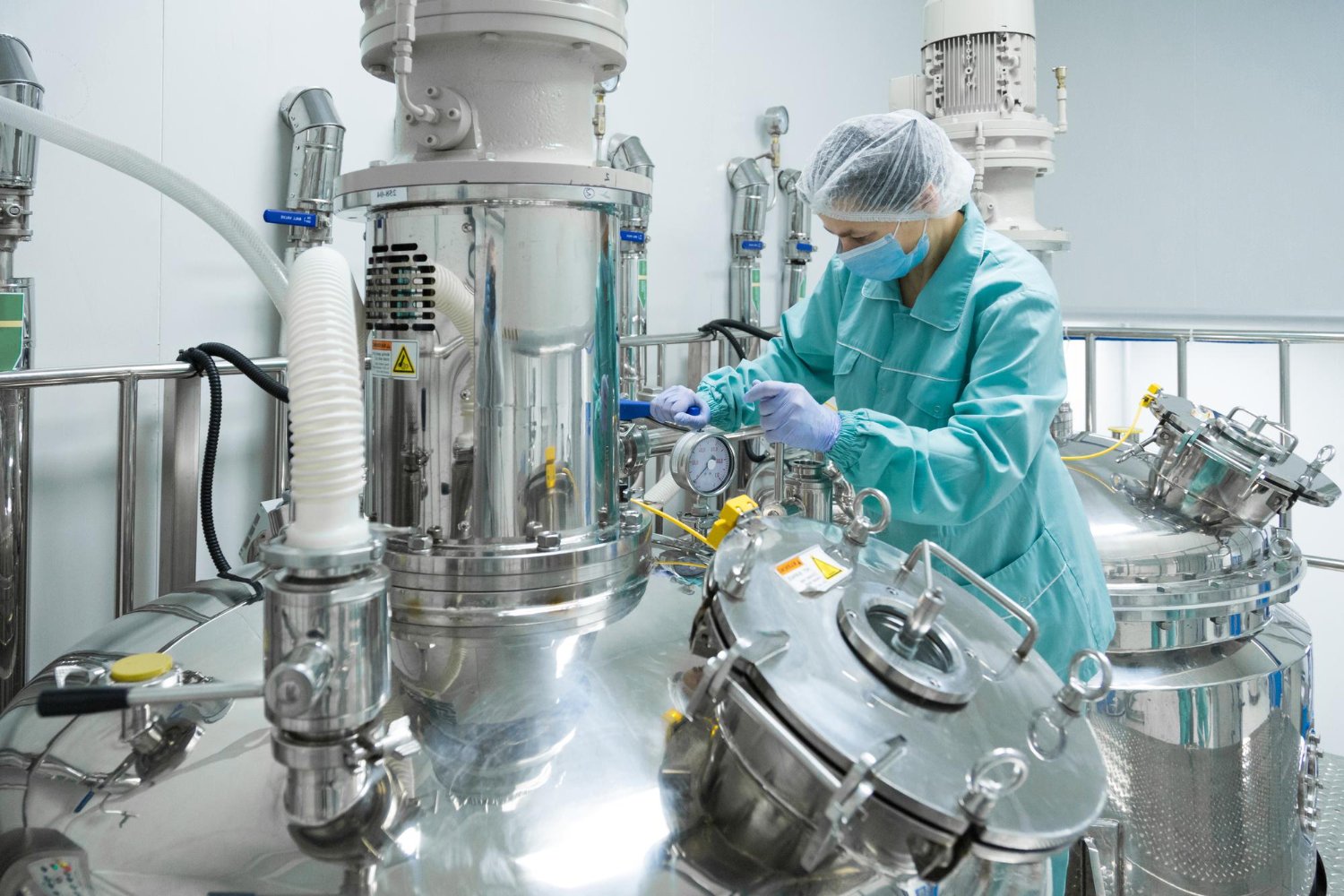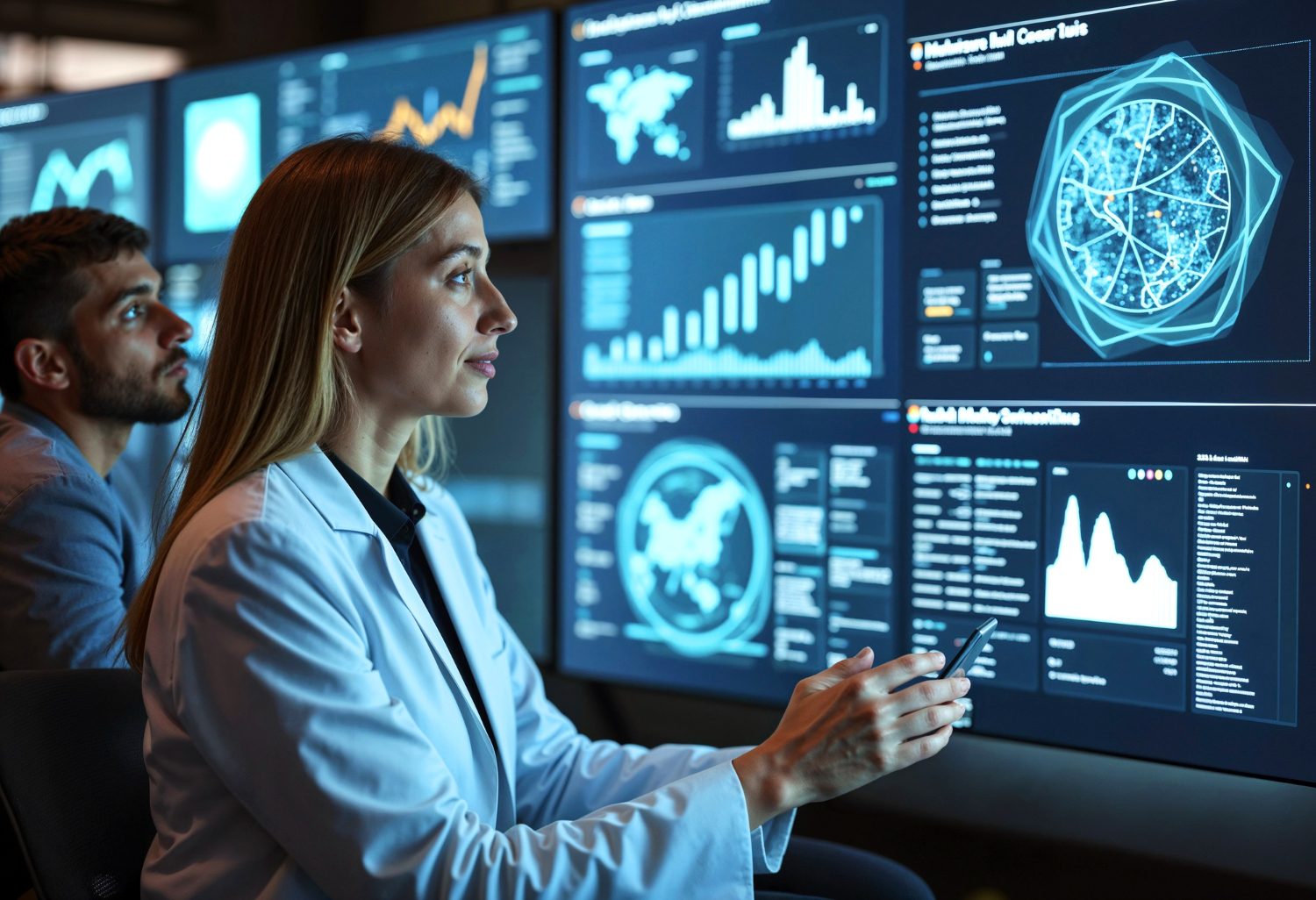Introduction
Artificial intelligence (AI) continues to improve industries by solving complex problems. Many of these advancements rely on advanced tools like graphics processing units (GPUs). GPUs excel at tasks that require immense computation, making them ideal for AI and deep learning applications.
From predictive analysis to real-time systems, GPUs offer unmatched speed and efficiency. They handle large volumes of data and train advanced AI models more effectively than traditional methods.
What Makes GPUs Special for AI?
GPUs were initially designed for rendering visuals in gaming. Today, they handle a wide range of tasks beyond graphics. They excel at performing multiple computations at once, making them ideal for processing the large data sets needed for AI systems.
Unlike central processing units (CPUs), GPUs manage many small tasks simultaneously. This parallel processing ability is key for:
-
Training deep neural networks.
-
Running reinforcement learning algorithms.
-
Analysing large volumes of data in real time.
Their adaptability supports supervised and unsupervised methods, clustering, and dimensionality reduction.
GPUs are versatile tools often recognised for their general purpose use in computation-heavy tasks. Their adaptability allows them to manage a variety of processes, especially in the field of machine learning, where efficiency is crucial. Unlike CPUs, which handle tasks sequentially, GPUs excel in parallel computing. This makes them ideal for running machine learning models that require processing large amounts of data quickly and reliably.
Machine learning systems depend on GPUs to support a wide range of algorithms. Tasks include training deep learning frameworks, image recognition, and speech analysis. GPUs simplify these processes, making them less time-intensive.
This efficiency is especially valuable for supervised machine learning, where models rely on labelled data to predict outcomes. With GPUs, such training cycles become faster and more effective.
When it comes to hardware, a dedicated graphics card significantly improves AI performance. These cards provide the computational power needed for intensive workloads like training and refining models. For businesses working with machine learning algorithms, this level of performance is essential.
Machine learning ML, as a field, includes multiple approaches such as clustering, dimensionality reduction, and reinforcement learning. GPUs support these diverse techniques, allowing researchers and developers to experiment with different strategies. This flexibility fosters innovation in AI systems, from developing new technologies to improving existing applications.
The synergy between AI and machine learning becomes evident when GPUs are employed. Their ability to handle repetitive calculations at high speed makes them indispensable in the development of modern AI applications. Whether it’s optimising a machine learning system for better accuracy or testing complex scenarios, GPUs play a central role in meeting computational demands. This ensures that businesses can tackle even the most challenging problems with confidence.
Speed and Efficiency in AI Models
GPUs improve efficiency in training and running AI models. For instance, deep neural networks need multiple iterations on large data sets. GPUs reduce the time it takes to complete these cycles.
This speed is essential in areas such as:
-
Natural Language Processing (NLP): Understanding and processing human language.
-
Generative AI: Creating content like images, text, or music.
-
Computer Vision: Analysing and interpreting images or video.
For AI tasks, GPUs enable real-time decision-making and smoother performance.
Deep Learning and GPUs
Deep learning uses artificial neural networks to simulate how the human brain processes data. It requires significant computational power, which GPUs provide efficiently.
For example, a GPU can process thousands of inputs simultaneously. This ability makes it possible to train AI models faster, whether for facial recognition or autonomous driving. GPUs handle the layers of neural networks much better than CPUs, reducing time and costs.
Algorithms Benefiting from GPUs
AI systems depend on algorithms for learning and adapting to tasks. Some key algorithms that benefit from GPU performance include:
-
Supervised Learning: Predicting outcomes from labelled data.
-
Dimensionality Reduction: Simplifying data while keeping essential information.
-
Reinforcement Learning: Learning through trial and error in simulated environments.
These approaches rely on GPUs to process large data sets efficiently.
GPU-Powered Applications
AI powered by GPUs is shaping industries with innovative applications:
-
Healthcare: Analysing medical images and predicting patient outcomes. Computer Vision in Health and Safety
-
Autonomous Vehicles: Making real-time decisions using complex neural networks. AI for Autonomous Vehicles: Redefining Transportation
-
Finance: Detecting fraudulent transactions and providing personalised recommendations. What are the key benefits of using AI in financial services?
These examples highlight the practical advantages of GPUs in AI-driven environments.
The Role of Training Data
Every AI model depends on quality training data. GPUs make processing this data faster and more efficient. Tasks like image recognition or speech analysis often involve millions of data points. GPUs manage this workload without delays.
By handling large data sets seamlessly, GPUs improve the accuracy of predictions and classifications in AI systems.
Generative AI and GPUs
Generative AI involves creating new content using trained models. Whether it’s generating realistic images or text, GPUs play a crucial role.
This technology relies on deep learning methods, which need significant computational resources. GPUs ensure generative models are trained efficiently, allowing real-time applications. Examples include creating photorealistic images or developing personalised recommendations for users.
Reinforcement Learning
Reinforcement learning mimics how humans learn from actions and consequences. It often involves simulating complex scenarios, which require a lot of computational power. GPUs enable these simulations to run efficiently.
For instance, autonomous driving systems rely on reinforcement learning. They simulate real-world scenarios and learn how to make decisions. GPUs ensure these simulations are processed quickly for real-time decision-making.
The Role of GPUs in AI Governance
AI governance ensures ethical and efficient use of AI technologies. GPUs support transparency by processing large volumes of data quickly and enabling monitoring of AI systems.
For example, auditing AI systems requires analysing their inputs and outputs. GPUs ensure this analysis is performed in a timely manner, helping organisations maintain compliance.
AI in Real-World Scenarios
GPUs are essential for implementing AI in real-world applications. Industries benefit from their ability to handle vast amounts of data and run complex models efficiently. Examples include:
-
Manufacturing: Enhancing quality control and predictive maintenance. Computer Vision in Manufacturing
-
Education: Enabling personalised learning systems. VR for Education: Transforming Learning Experiences
-
Retail: Offering real-time inventory tracking and customer insights. The AI Innovations Behind Smart Retail
TechnoLynx: Helping You Use GPUs for AI
At TechnoLynx, we specialise in creating AI systems optimised for GPU usage. We build solutions tailored to your business needs, whether it’s improving efficiency or managing large data sets.
Our expertise includes:
-
Developing AI models for your specific tasks.
-
Optimising systems for high-speed data processing.
-
Providing tools for real-time decision-making.
We ensure your AI projects are cost-effective and scalable. Let us help you achieve better results with advanced GPU-powered systems.
Read more: How to use GPU Programming in Machine Learning?
The Future of AI with GPUs
As AI continues to evolve, GPUs will remain a key technology. They enable faster, smarter systems that can handle increasingly complex tasks. New advancements in GPU architecture will support even greater innovations in AI.
With TechnoLynx as your partner, you can stay ahead in this rapidly changing landscape. Let’s work together to create efficient, powerful AI solutions that meet your goals.
Continue reading: GPU Coding Program: Simplifying GPU Programming for All
Check out our GPU Services here!
Image credits: Freepik













